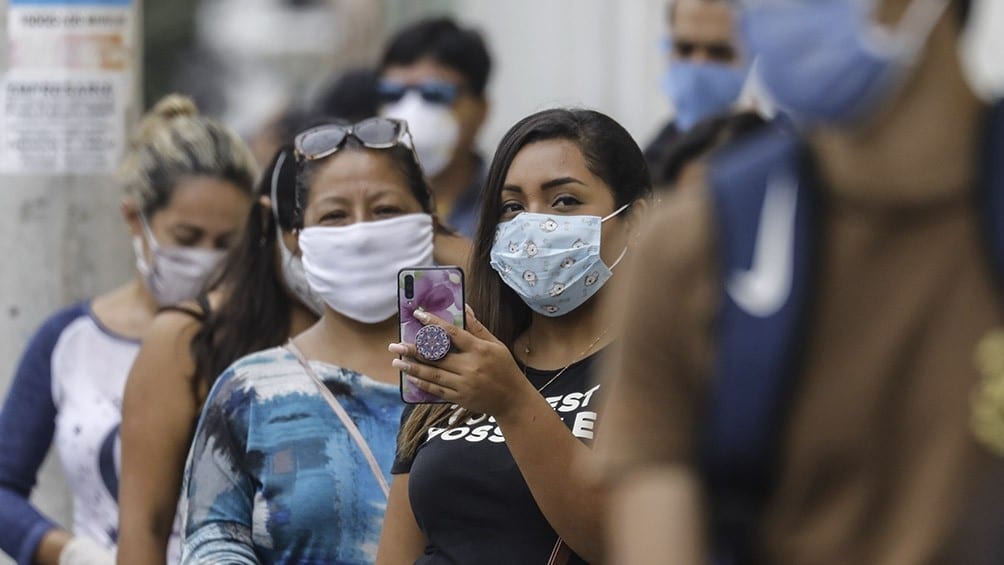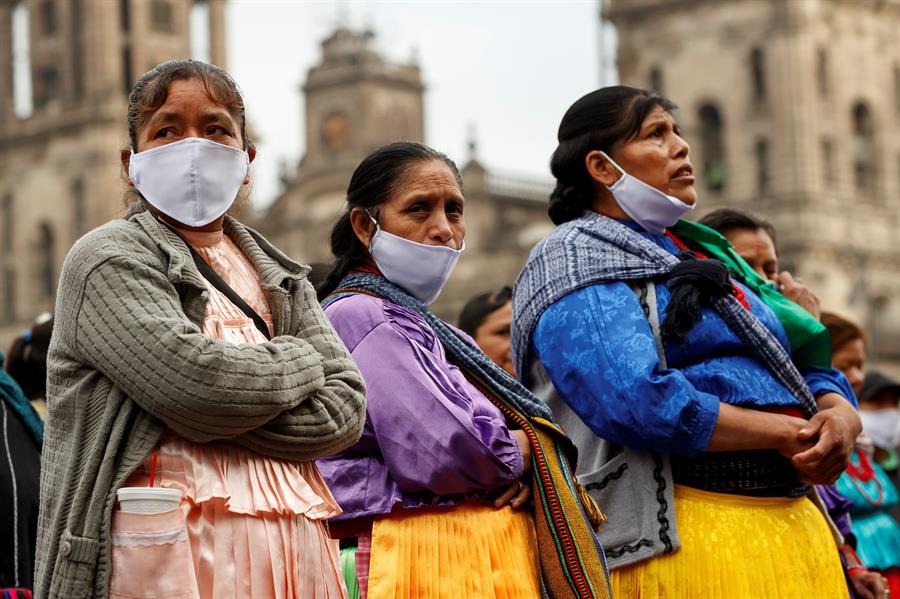Today, the spread of the COVID-19 virus in Latin America can already be compared with the situation in the USA and Europe. The representatives of the World Health Organization (WHO) “sound the alarm”: this region may become the next focus of infection. A number of virologists have already called Latin America the new epicenter of the epidemic and are predicting the worst economic decline on the planet by the end of this year. But is it really so?
On June 2, the Director of Emergency Medical Situations of the WHO, Michael Ryan, stated that Latin America had already turned into the “red zone” of coronavirus infection, and the situation in the countries of the region was “far from stable.” According to him, over the past 24 hours (from June 1 to 2), five out of ten countries that reported most cases of coronavirus are in the Americas. The representative of the WHO noted that the number of cases in countries in the region was growing rapidly, and national health systems needed worldwide support and solidarity.

The first case of COVID-19 infection in the region was confirmed on February 26 in Brazil. Then the head of state Jair Bolsonaro (Jair Messias Bolsonaro) promised the Brazilians to fully control the situation with the spread of the unknown virus. And when the number of infected people began to grow rapidly and the leadership of the World Health Organization accused him of underestimating the true figures, Bolsonaro called the WHO a bunch of scammers and promised to deal with the crisis without “meaningless recommendations from people who, when sitting in Geneva, don’t know anything about Latin medicine Of America”. However, a number of researchers believe that in this South American state, as in several other countries in the region, cases of coronavirus were observed as early as January. Since then, the dangerous virus has spread to almost all countries in South America.
In Brazil, Peru, Chile and Mexico, according to the European Center for Disease Prevention and Control, about 900 thousand people have already been since the outbreak. The dead – more than 50 thousand. This is much less than, for example, in the United States, where there are about 1.89 million confirmed cases on June 3, and about 109 thousand deaths. However, in Latin America, mass testing is not so common, and the actual number of infected can be many times greater. In addition, experts fear that the poorest segments of the population will suffer the most from the coronavirus: urban slum dwellers, as well as the native population of indigenous countries such as Brazil, Bolivia, Peru, Chile and Ecuador.
As European states gradually come back to life and get used to the “new normality”, the epicenter of coronavirus infection has moved to Latin America. For a relatively long time, the countries of the Latin American region and the Caribbean islands remained aloof from the global wave of viral infection. The governments of Latin American states initially tried to reassure the population that nothing dangerous could happen. The region is located far from China and from Europe, and regional governments managed to close their borders quickly, and some countries generally immediately introduced strict quarantine measures. And in the last 2 weeks, the situation with coronavirus in Latin America has become almost the most critical in the world.

The figures, voiced by the Pan American Health Organization (PAHO), show the rapid spread of the virus throughout the continent. Turning to statistics (as of June 3), it is worth noting that the Latin American countries with the largest number of cases of coronavirus infection are Brazil (about 577 thousand confirmed cases), Peru (about 179 thousand), Chile (about 114 thousand), Mexico (97.326) and Ecuador (40.414).
At the same time, in such large states of the region as Argentina and Colombia, the number of infected shows a lower rate: 18.306 and 31.833 (as of June 3), respectively. In Central America, the spread of coronavirus is still in the previous range: from 3 to 6 thousand confirmed cases. The minimum number of infections in the Caribbean islands (a total of about 20-30 cases), and in Cuba there are 2107 confirmed cases on June 3. It is noteworthy that in Venezuela, in the context of the political and socio-economic crisis, they are infected with a coronavirus, according to official statistics of the Venezuelan government, 1819 cases. On the whole, the number of infected with COVID-19 as of June 3 is estimated at 1 million people.
According to some regional economic analysts, so far the pandemic has not so paralyzed the life of Latin America, unlike, for example, Europe and the United States. One example is the fact that, in the midst of an epidemic in Suriname, a group of observers from the Organization of American States (OAS) came to the local elections. It is worth emphasizing that this is the first mission in an epidemic during which it turned out that the Surinamese (where the number of people infected on June 3 was 74) do not wear masks or gloves, and in the state almost everything works without quarantine restrictions. However, all international election observers, by contrast, were masked and respected all necessary protection measures.

Another example of the electoral process in the midst of a pandemic was Bolivia, in which the General Elections were to be held on May 3. However, on March 22, the Acting President Jeanine Áñez (Spanish – Jeanine Áñez Chávez) adopted the decree on total quarantine throughout the country, which lasted 72 days. After quarantine measures were somewhat relaxed, the country’s political forces again raised the question of the long-awaited electoral process, which, according to representatives of the Supreme Electoral Court, could take place on September 6.
According to virologists, the peak of coronavirus infections in Latin America and the Caribbean should be passed in mid-June, and in July, life will begin to return to its “previous” track. Accordingly, the complete removal of quarantine restrictions, including, for example, the resumption of flights between countries, is expected in August-September. As for the economic losses in the region, today they are estimated at $ 3 trillion. It is noteworthy that, according to economic analysts, this figure could double by the end of the year.


